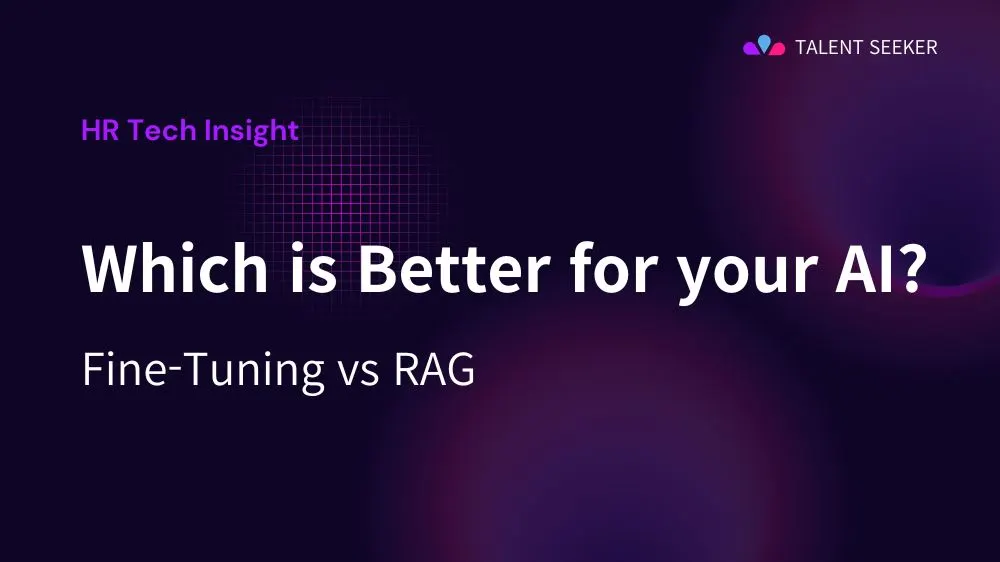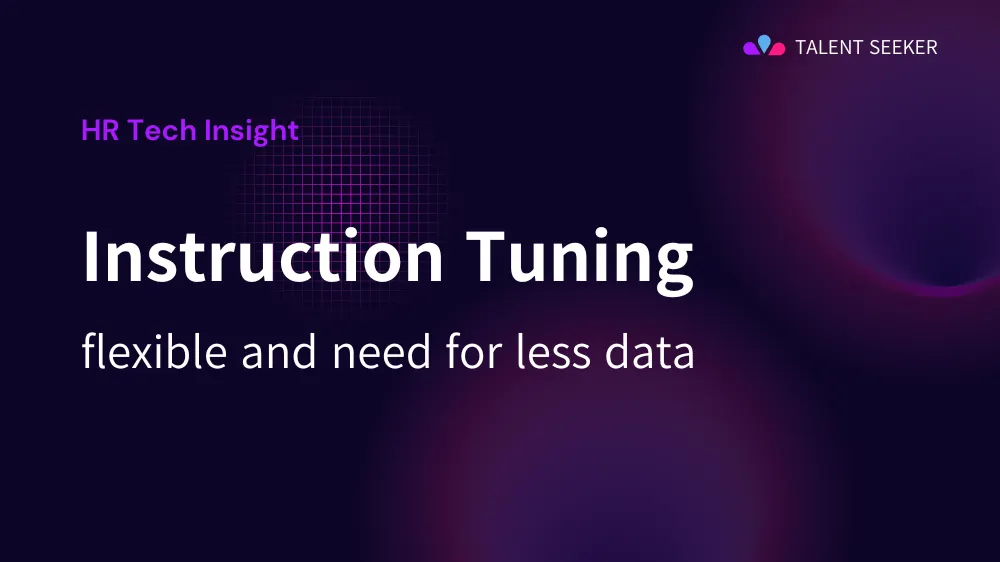Welcome to the TalentSeeker Blog
You'll find the latest HR trends, effective talent management tips, and practical insights on how to get the most out of TalentSeeker's solutions—all designed to help you build smarter HR strategies.
We’re committed to filling this space with valuable resources to support your business growth every step of the way!
Load more
Book a demo
We'll show you how TalentSeeker fits perfectly with your company.
Maximize your hiring efficiency today!
















